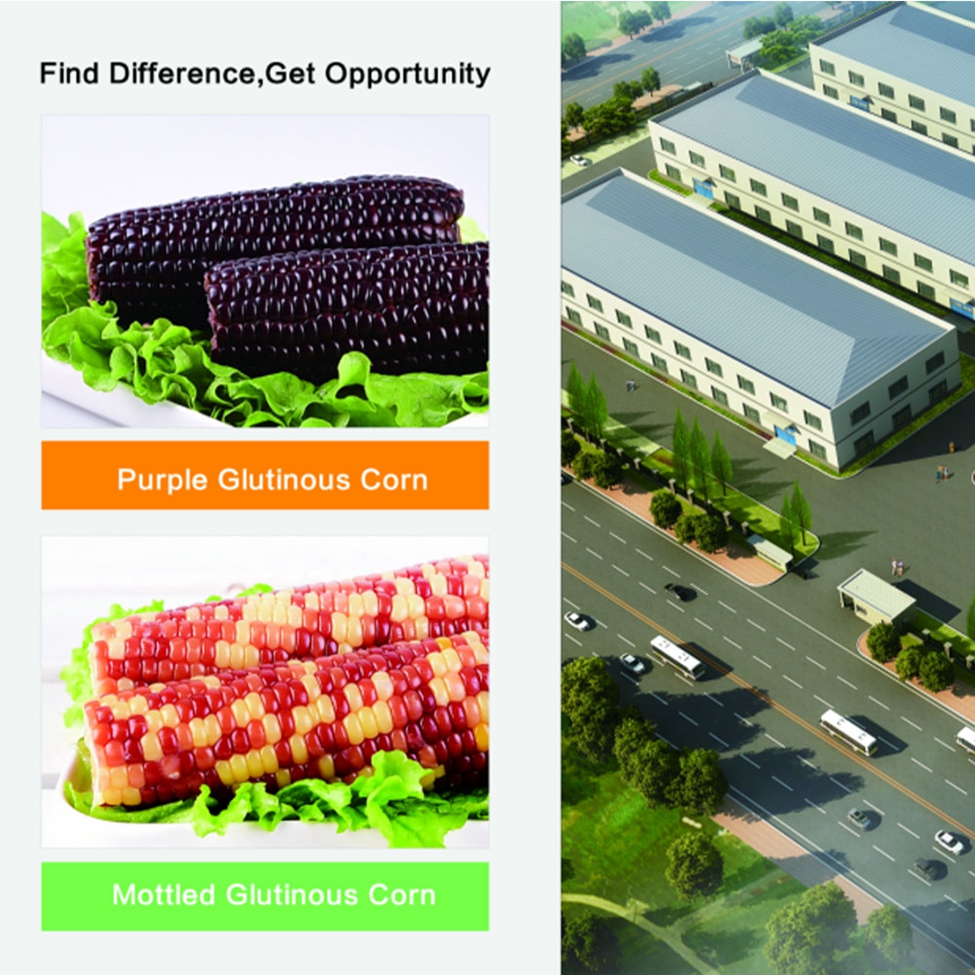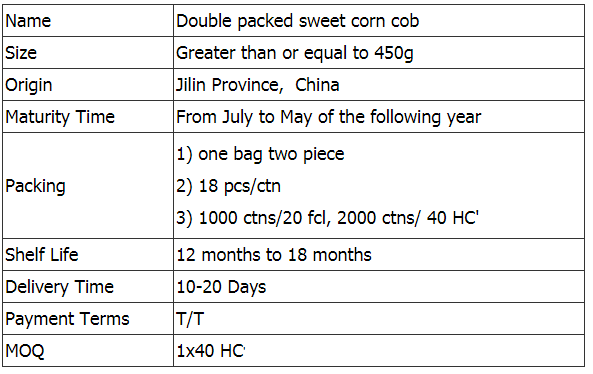High risk of excessive pesticide residues
In agricultural production, the use of pesticides in excess and in excess range is one of the major causes of excessive pesticide residues. In order to avoid excessive pesticide residues, we would like to remind the farmers in this regard that we must carefully read the pesticide labels during the use of pesticides, use the pesticides in strict accordance with the contents of the label, and must not use pesticides in excess or in excess.
The overuse of pesticides means that the amount of pesticides used or the number of use exceeds the pesticide registration label requirements. The disadvantages of overuse of pesticides are many: on the one hand increasing the cost of medication; on the other hand, it is very easy to cause pesticide residues in agricultural products to exceed the standard or produce phytotoxicity; at the same time, it will also increase the resistance to diseases, insects, and weeds.
Excessive use of pesticides can easily cause excessive pesticide residues in agricultural products for four reasons: First, the use of different doses; Second, the use of different times; Third, the use of different time and season; Fourth, the safety of the same pesticide on different crops The period and residue limits are also different.
Then, how can farmers avoid overuse of pesticides in production? The following three aspects must be observed:
1. Buy qualified pesticide products from a good reputation and regular store. Avoid illegally adding “hidden pesticide components†and even highly toxic pesticides are used in the fields.
2. In strict accordance with the provisions of the label of the control object medication. For example, acetamiphos is only allowed for the pest control of rice and cotton and is not allowed to be used on other crops.
3. For commonly used pesticides, although they belong to the same pesticide name, they have different dosage forms and contents, and the objects to be controlled and the amount and frequency of use are also different. Must not be confused. Like imidacloprid pesticides, there are wettable powders and suspensions, but the usage is very different. Individual farmers used the CadillacTM (600 g/l imidacloprid suspension agent) registered on rice for use on cucumbers, resulting in excessive imidacloprid residues in the cucumber.
Ready-to-eat Double Packed Sweet Corn
In this category is sweet corn from Jilin Province Agricultural Sister-in-law Food Co.
The physical characteristics of maize consist of grain colour, grain shape, seed coat lustre, grain length, grain width, 100 grain weight, grain diameter, uniformity of the seed and hardness. In most cases, the colour of the endosperm of mature maize kernels is yellow or white, while the seed coat and paste layer are colourless and transparent. Depending on the colour of the kernels, there are three types of maize: yellow, white and mixed. Depending on the kernel form, hardness and different uses, maize is divided into two types: common maize (hard, intermediate, horse-tooth, hard-horse, horse-hard) and special maize (high-lysine maize, high-oil maize, sweet maize, cracked maize, glutinous maize).
The sweet corn of Jilin Province Agricultural Sister-in-law Food Co., Ltd. belongs to the special corn category of yellow corn.
Also known as fruit corn. The leaves on the outside are light green (only the ears are in the pack, we have removed the leaves for you) and the kernels inside are white or yellow. Sweeter than regular sweet corn, but lower in starch and rich in vitamin E and fibre, which is anti-ageing and aids digestion. Perfect for eating raw, mixed with vegetables in salads; it can also be steamed, but don't cook it for too long, about 5 minutes.



If you have any questions, please contact us directly. If you have any questions, please email us directly.
Delectable Sweet Corn Cob,Microwave Sweet Corn Cob,Country Sweet Corn,Ready To Eat Sweet Corn
Jilin Province Argricultural Sister in Law Food Co., Ltd. , https://www.nscorn.com
